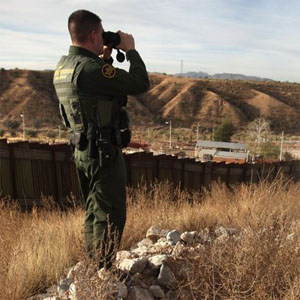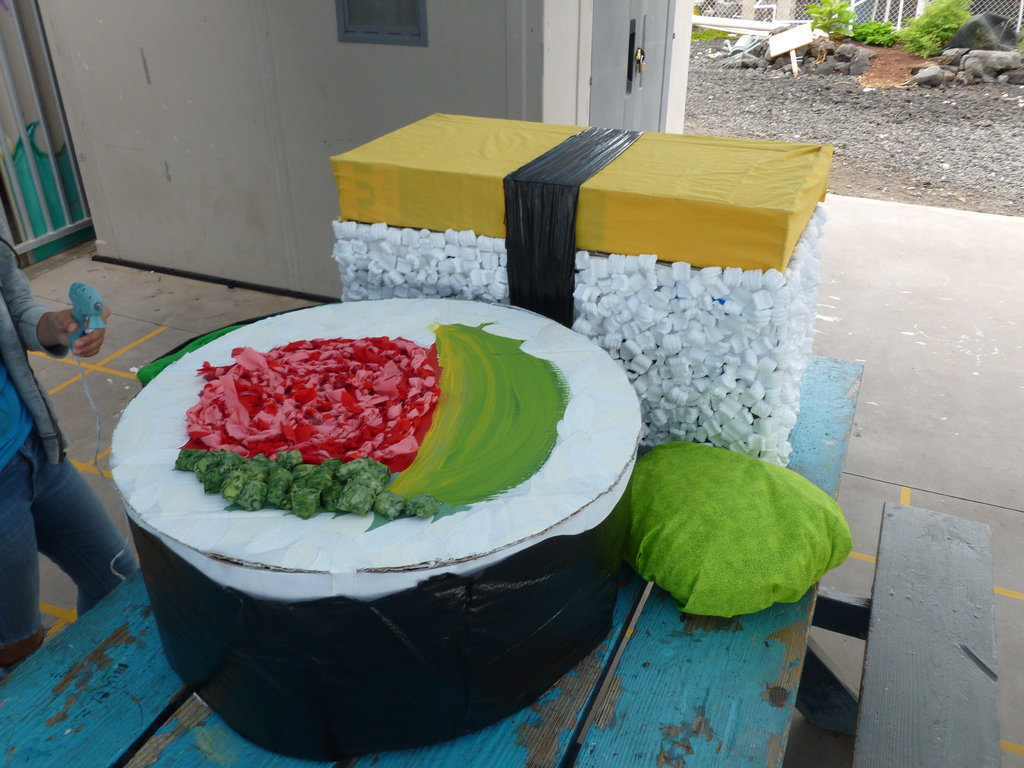
Oscar
Charleston, SC
Male, 31
Spent a bit over four years (2006-2010) serving as a Border Patrol Agent in Tucson Sector, AZ: the busiest sector in the country. Worked numerous positions, and spent the last year and a half operating/instructing ground radar installations. Duties included: field patrols, transport, processing, control room duties, transportation check, checkpoint operations, static watch duties, etc.
You get very very basic intelligence training, but nothing that will make you stand out. In fact those courses were FLETC courses and not the BP courses, so they may not even include them anymore.
Like everything else, the BP does have intel units. However these units are small, and very difficult to land (normally going to senior agents). If you were able to get into intel in the BP, then yes I'd imagine there would be a decent amount of crossover.
I am currently doing a certificate in Intelligence Analysis with an online university as that field interests me as well. I would probably suggest getting some college credits or degrees in intelligence if that's really what your end goal is. Of course, working in the BP would give you the money to do so.
Good luck!
US citizens will be prosecuted for human trafficking/smuggling charges.
The vast majority of our canines (at least our normal detection/tracking canines) were actually imported from the German Border Police (Bundesgrenschutz) canine school. Most of the dogs we received had actually failed bite-dog school, and had been repurposed. This is why our K9 operators use many commands in German, as opposed to English.
Right before I left the BP was starting its bite-dog program, but they had a silly politically correct name for it (Patrol K9's was the term they used) because they were afraid of scaring people (?). I do not know where the bite-dogs were sourced from.
All of the dogs I worked with were from the German schools.
If they discover you have been apprehended crossing the border illegally it will negatively impact your VISA application, particularly if you were deported (in which case you are unable to apply for 5 years, then 10 years, and then ever).
Call Center Representative
 What is the meanest thing a caller has ever said to you?
What is the meanest thing a caller has ever said to you?
Sushi Chef
 How do sushi chefs tell when a fish has gone bad? Is it just the smell?
How do sushi chefs tell when a fish has gone bad? Is it just the smell?
Federal Lobbyist
 What was the strangest lobbying request you've ever received?
What was the strangest lobbying request you've ever received?
You never end up dehumanizing people. That being said, business is business, work is work, and the law is the law. Our job isn't to hug and nurture people, it's to apprehend them and secure the border as best as possible.
In that regard you become like most seasoned EMT's and nurses...you're doing your job. The emotional baggage is best left behind. Anyone in a line of service (EMT's, firefighters, paramedics, cops etc.) definitely gets very accustomed to "crap". You run into enough tragedies, evil, wickedness, violence, abuse etc. that you become quite accustomed to it. You just accept it and move along with your job.
The people we apprehended were dealt with quickly, efficiently and professionally. We don't coddle people, but we don't beat them or treat them like animals etc.
Varies due to conditions of the smuggling (how many, how dangerous, previous criminal record, etc.).
Pretty much zero chance. He will likely be flown back to Albania on an ICE flight.
-OR-
 Login with Facebook
Login with Facebook (max 20 characters - letters, numbers, and underscores only. Note that your username is private, and you have the option to choose an alias when asking questions or hosting a Q&A.)
(A valid e-mail address is required. Your e-mail will not be shared with anyone.)
(min 5 characters)
By checking this box, you acknowledge that you have read and agree to Jobstr.com’s Terms and Privacy Policy.
-OR-
 Register with Facebook
Register with Facebook(Don't worry: you'll be able to choose an alias when asking questions or hosting a Q&A.)